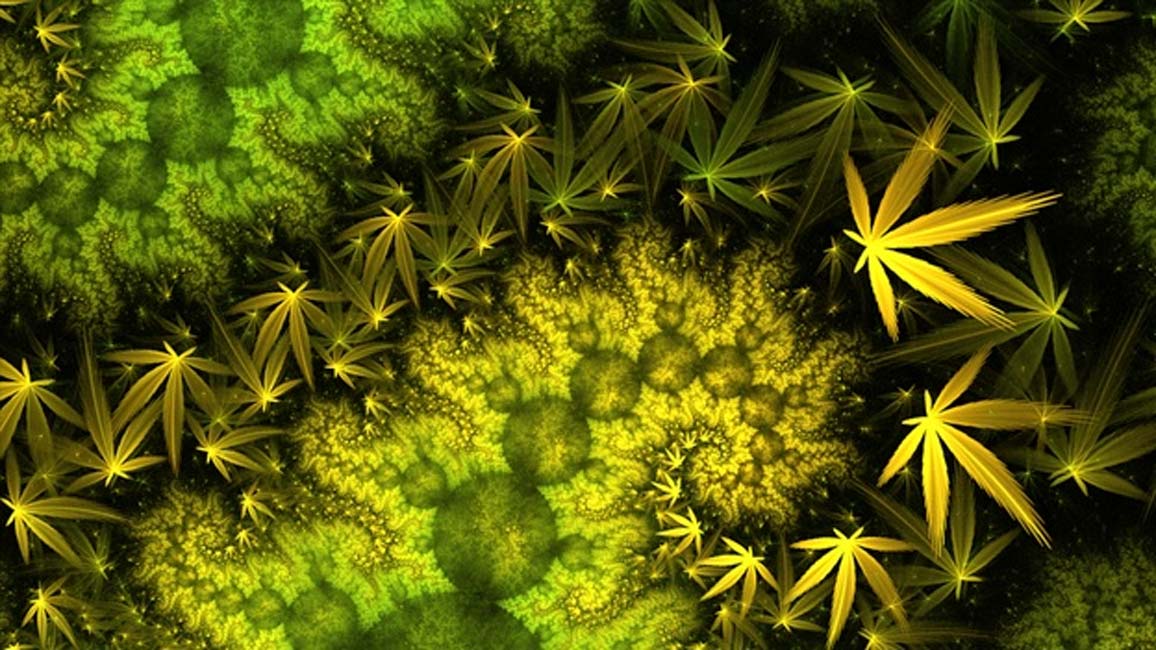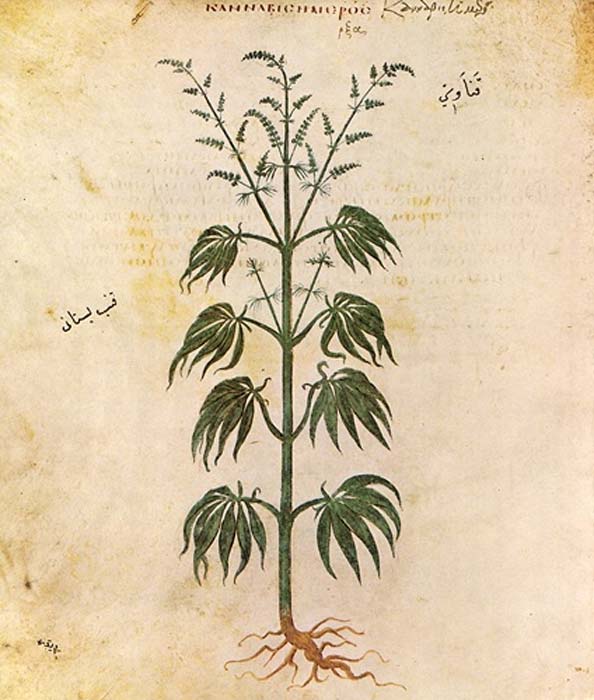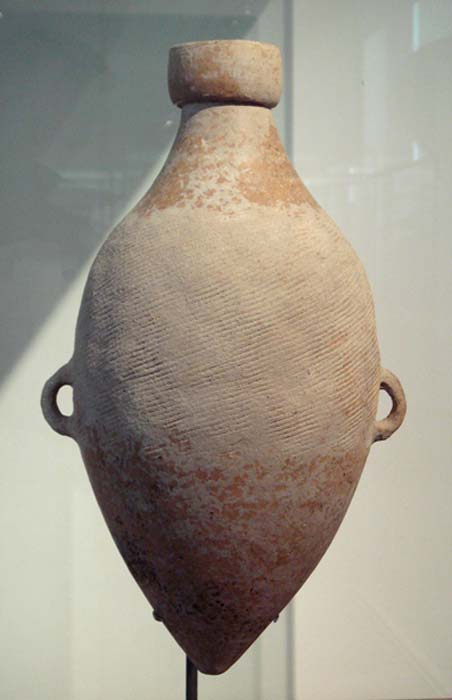
The Indo-European Legacy of Ancient Cannabis
There are few plants that have caused upheavals in human society comparable to those centered on cannabis in modern times. Since the declaration of the ‘war on cannabis’ by American President Richard Nixon in the 1970s, the American prison population has exploded from 300,000 to 2.2 million people, and the United States has become home to nearly 25 percent of the imprisoned population of the entire world. As of 2018, between 40 and 50 percent of drug arrests in the United States were for cannabis. The situation in America is mirrored by similar ‘wars’ on cannabis in other western societies, such as the United Kingdom, where 2.1 million adults aged 16 to 59 used the plant in 2016, in spite of its illegality.

Cannabis Americana Distributor logo, United States, 1917. (Public Domain)
The attitudes supporting prohibition have begun to collapse in recent years. The myriad possible medical applications of cannabis in treating diseases, disorders and other ailments are becoming increasingly well known. Politically, the grim statistics noted at the beginning of this article are offset by the fact that while United States Federal policies remain unchanging, 10 states and the District of Columbia have legalized cannabis for recreational use, and 21 states have legalized medicinal usage. Canada has become the first North American country to legalize recreational cannabis use, and some experts predict something similar in the United Kingdom within five years. South Africa has also legalized recreational use in 2018.
Ancient Cannabis Use
What seems to be missing from the highly politicized discussion concerning this issue is the incredible history that cannabis shares with humankind. In fact, the modern legal perspective of mind-altering plants such as cannabis is the polar-opposite to the ancient world-view, as explained by Merlin (2003): “We live in an age when a divine vision is dismissed as a hallucination, and desire to experience a direct communication with god is often interpreted as a sign of mental illness. Nevertheless, some scholars and scientists assert that such visions and communications are fundamentally derived from an ancient and ongoing cultural tradition… humans have a very ancient tradition involving the use of mind-altering experiences to produce profound, more or less spiritual and cultural understanding.”

Drawing of Cannabis sativa from Vienna Dioscurides, 512 AD. (Public Domain)
Cannabis cultivation and its use could well be as old as humanity itself. Seed, fossil pollens, ceramic imprints and other findings have been used to trace the history of cannabis exploitation to before 8,000 years ago in Eurasia. While their conclusions have been challenged, some scholars believe that references to cannabis can be found in Asian and Egyptian texts dating to between 4,000 and 3,500 years ago. The oldest written Chinese description of cannabis growth and its use is in the Shi Jing; a collection of poems dated to around 600 BC. While there is a tendency to attribute the development of intentional cannabis cultivation and use to either western or Asian peoples, the evidence suggests that exploitation of the plant actually began as a multi-regional phenomenon across all Eurasia.
Bronze Age Yamnaya Culture
By 3500 BC, cannabis was a highly valued and heavily used component in the rites of the ancient Yamnaya culture. The Yamnaya were among the earliest Indo-European peoples to emerge in the Caucasus region. Their leaders were enterprising individuals who positioned themselves in vital and influential points along the exchange network connecting regions north of the Caucasus with Mesopotamia. According to Mallory and Adams, due in part to the use of horses and oxen-pulled wheeled vehicles, the Yamnaya culture: “evolved as a vast area of cultural interactions and exchange,” and is considered a “reflection of a major group of the early Indo-Europeans.” Inheriting the traditions of earlier Caucasus cultures, the Yamnaya buried their dead in sub-surface pit tombs beneath large kurgans (burial mounds). The bodies were covered in red ocher and sometimes placed in log coffins, while the tombs were often covered with timber roofs or stone structures. Artifacts found with the dead include potteries, flint spears, antler hammers and an array of copper artifacts. The great kurgans of the Yamnaya have been dated as far back as 3900 or 4000 BC, although these may be from a formative precursor of the culture. At any rate, variations of Yamnaya persisted until at least 2600 BC before evolving into other forms.





